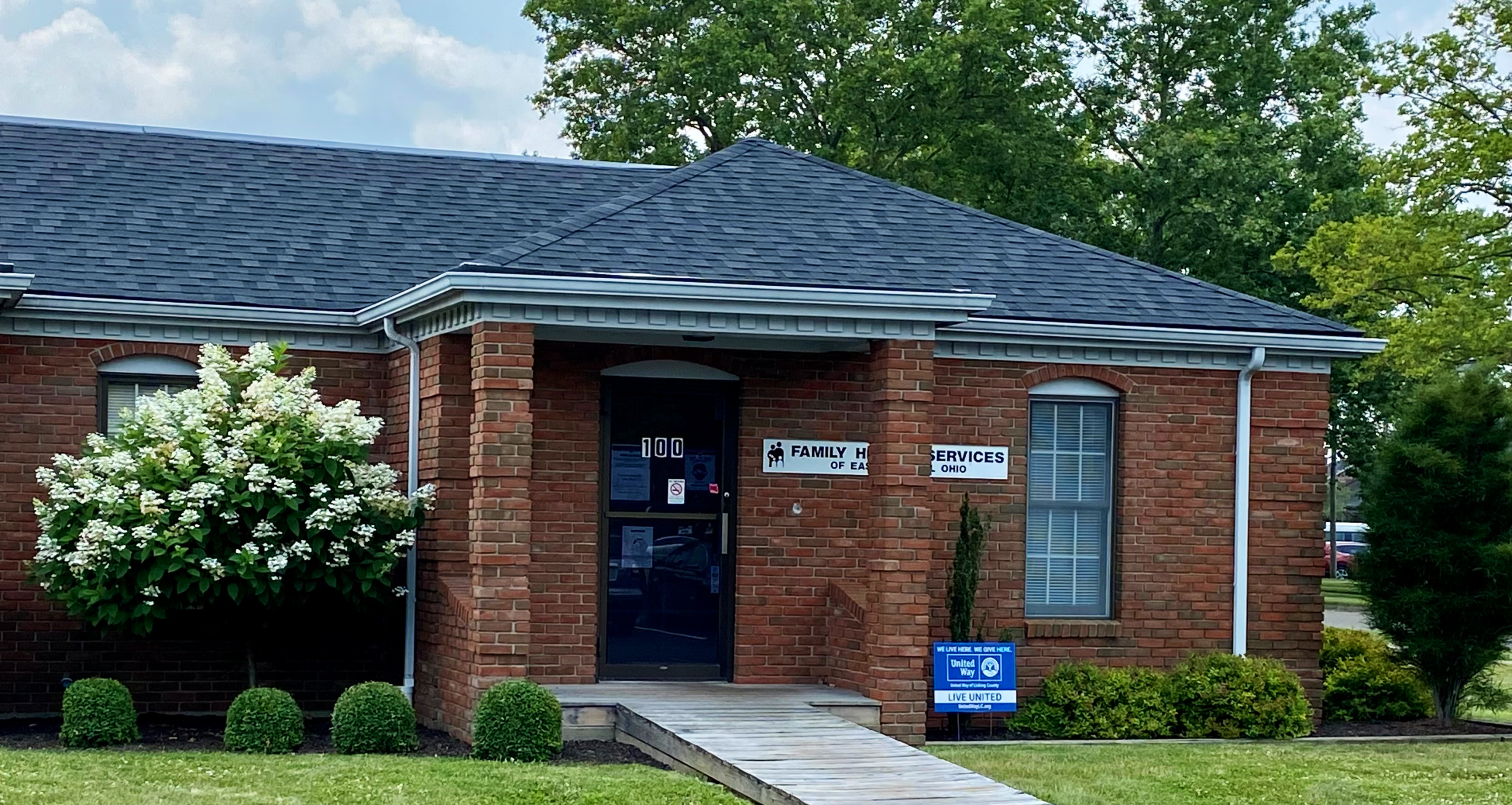Fighting for Stigma-Free Care in Ohio
How Ashley Washburn and her team are working to keep doors open to all

Eds. note: Every spring semester the Denison University journalism program conducts a Podcastathon, inviting classes across the curriculum to participate by offering an assignment in narrative audio. The following project was created for the course Beyond Good Intentions, offered by Lucy Bryan.
It’s not unusual for Ashley Washburn to stop a group of young adults and ask if they’ve heard of Family Health Services of East Central Ohio. She knows conversations like these can save a life.
But with shifting policies and growing challenges to providing healthcare, will she be able to keep providing life-affirming services? In the following audio story, Ashley describes her work, and what is at stake.
Music Credit: "Brightening" by Poddington Bear is licensed under an Attribution-NonCommercial 4.0 International License.
Washburn is a single mom and the executive director of Family Health Services of East Central Ohio (FHS), a nonprofit health center with four clinics across Newark, Millersport, New Lexington, and Zanesville. Since 1967, FHS has provided affordable, stigma-free reproductive health care throughout Muskingum, Licking, Perry, and Fairfield counties.
FHS serves anyone who walks through the door— but much of their work focuses on those who often face barriers to care: low-income patients, women, and LGBTQ+ individuals, including teens who may not feel safe talking to their families about sexual health. That care can mean STI testing, cancer screenings, birth control, or simply having a safe place to talk about your health.
You can learn more about Family Health Services of East Central Ohio at fhseco.com

